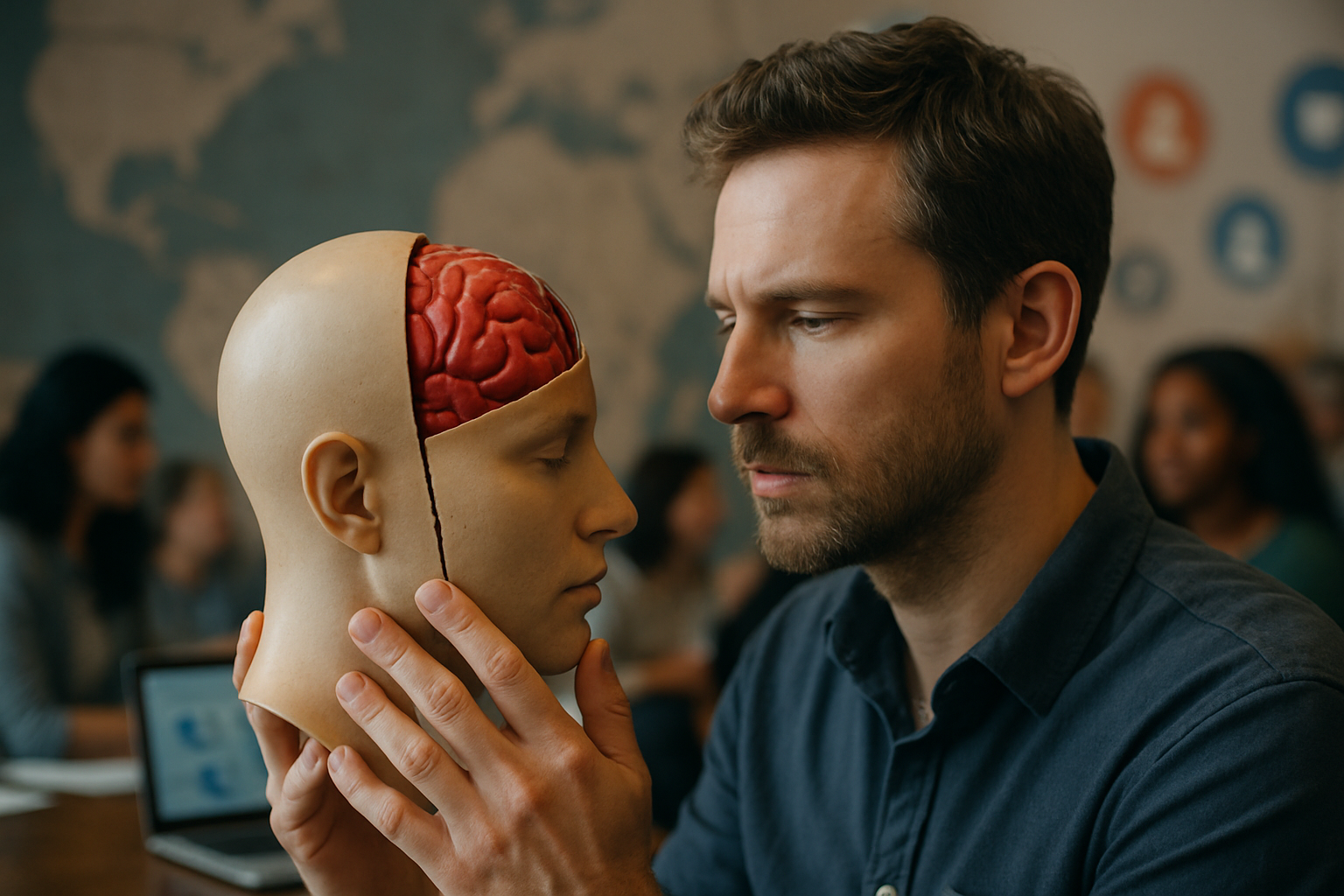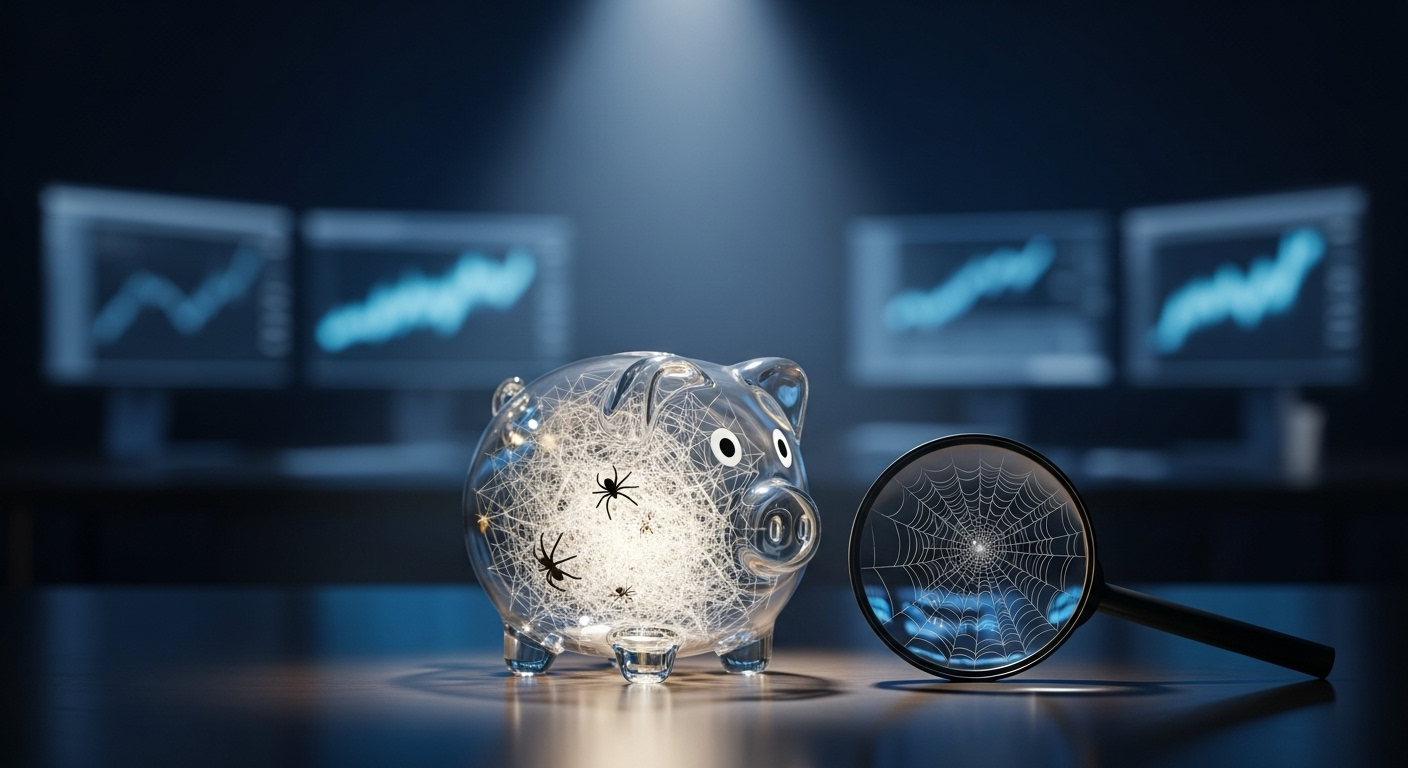Synesthesia Societies: The Rise of Sensory Fusion Communities
Urban landscapes pulse with vibrant hues, music tastes like honey, and numbers radiate distinct personalities. Welcome to the world of synesthetes, individuals whose senses intertwine in extraordinary ways. As awareness grows, these unique individuals are forming tight-knit communities, reshaping our understanding of perception and creativity. Read below to explore the fascinating realm of synesthesia societies and their impact on modern culture.

Historically, synesthesia was often dismissed as imagination or metaphorical thinking. However, advancements in neuroscience and brain imaging technologies have validated its existence as a genuine perceptual experience. Research suggests that synesthesia results from increased neural connections between brain areas typically separate, leading to this unique cross-wiring of senses.
The Birth of Synesthesia Societies
As scientific understanding of synesthesia grew, so did the desire for synesthetes to connect with others who shared their experiences. The internet played a crucial role in facilitating these connections, allowing individuals to find others with similar perceptual experiences across geographical boundaries.
The first formal synesthesia societies began emerging in the early 2000s. These organizations, such as the American Synesthesia Association and the UK Synaesthesia Association, aimed to promote research, raise awareness, and provide a supportive community for synesthetes. What started as small, niche groups have now evolved into global networks with thousands of members.
Cultural Impact and Creative Catalyst
Synesthesia societies have become hubs of creativity and innovation, attracting not only synesthetes but also artists, musicians, and researchers fascinated by the potential of sensory fusion. These communities have sparked a renaissance in multisensory art and experiential design, pushing the boundaries of how we perceive and interact with the world around us.
Exhibitions and performances curated by synesthesia societies offer immersive experiences that challenge traditional artistic norms. For example, concerts where music is paired with carefully choreographed light shows and scent diffusions, or art installations that translate touch into sound, allowing visitors to hear colors and textures.
Educational Initiatives and Public Awareness
One of the most significant contributions of synesthesia societies has been their role in education and public outreach. These organizations have developed curricula and workshops to help schools identify and support synesthetic students, recognizing that this trait can be both a gift and a challenge in traditional learning environments.
Public lectures, documentaries, and online resources produced by these societies have dramatically increased awareness of synesthesia. This heightened visibility has not only validated the experiences of synesthetes but has also sparked broader discussions about the diversity of human perception and the subjective nature of reality.
Scientific Collaboration and Research Advancement
Synesthesia societies have become invaluable partners in scientific research, bridging the gap between synesthetes and researchers. By facilitating large-scale studies and maintaining databases of individuals with various forms of synesthesia, these organizations have accelerated our understanding of this fascinating phenomenon.
Collaborative efforts between synesthesia societies and neuroscientists have led to groundbreaking discoveries about brain plasticity, sensory processing, and the genetic basis of synesthesia. This research not only sheds light on the synesthetic experience but also offers insights into broader questions of consciousness and cognitive development.
Challenges and Controversies
As synesthesia societies have grown in prominence, they have not been without their challenges. Debates within the community about the definition and diagnosis of synesthesia have arisen, with some arguing for stricter criteria and others advocating for a more inclusive approach.
There have also been ethical concerns raised about the potential commercialization of synesthesia, particularly in advertising and product design. Some synesthetes worry that their unique perceptual experiences might be exploited or trivialized for profit.
The Future of Sensory Fusion
Looking ahead, synesthesia societies are poised to play an even more significant role in shaping our understanding of perception and creativity. As virtual and augmented reality technologies advance, these communities are at the forefront of exploring how to create more immersive and multisensory digital experiences.
Moreover, the insights gained from studying synesthesia are informing new approaches to education, therapy, and even artificial intelligence. The blending of senses that once seemed extraordinary may hold keys to unlocking human potential in ways we are only beginning to imagine.
As synesthesia societies continue to grow and evolve, they remind us of the rich diversity of human experience and the endless possibilities that arise when we embrace our unique perceptual worlds. In doing so, they invite all of us to reconsider the boundaries of our senses and the true nature of reality itself.





